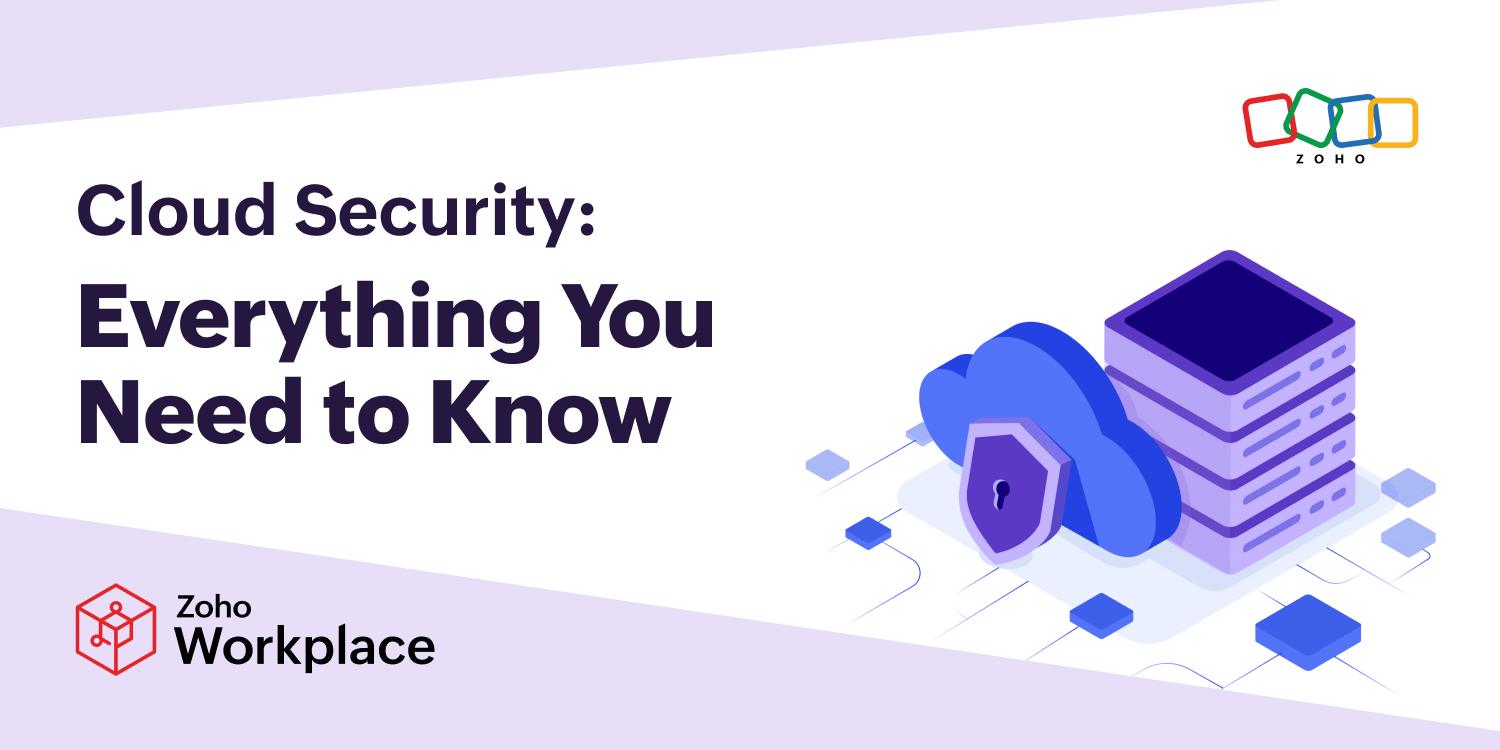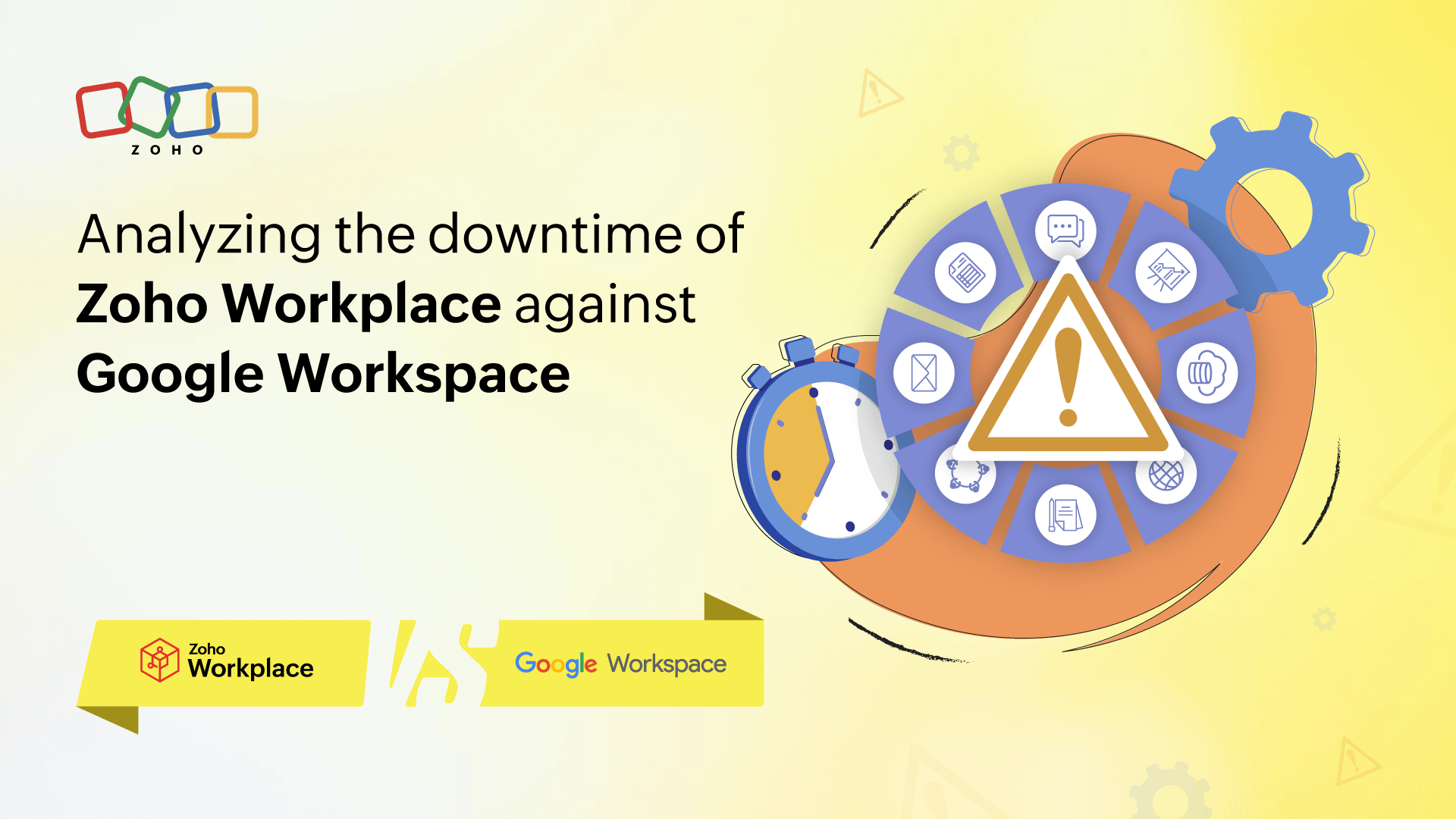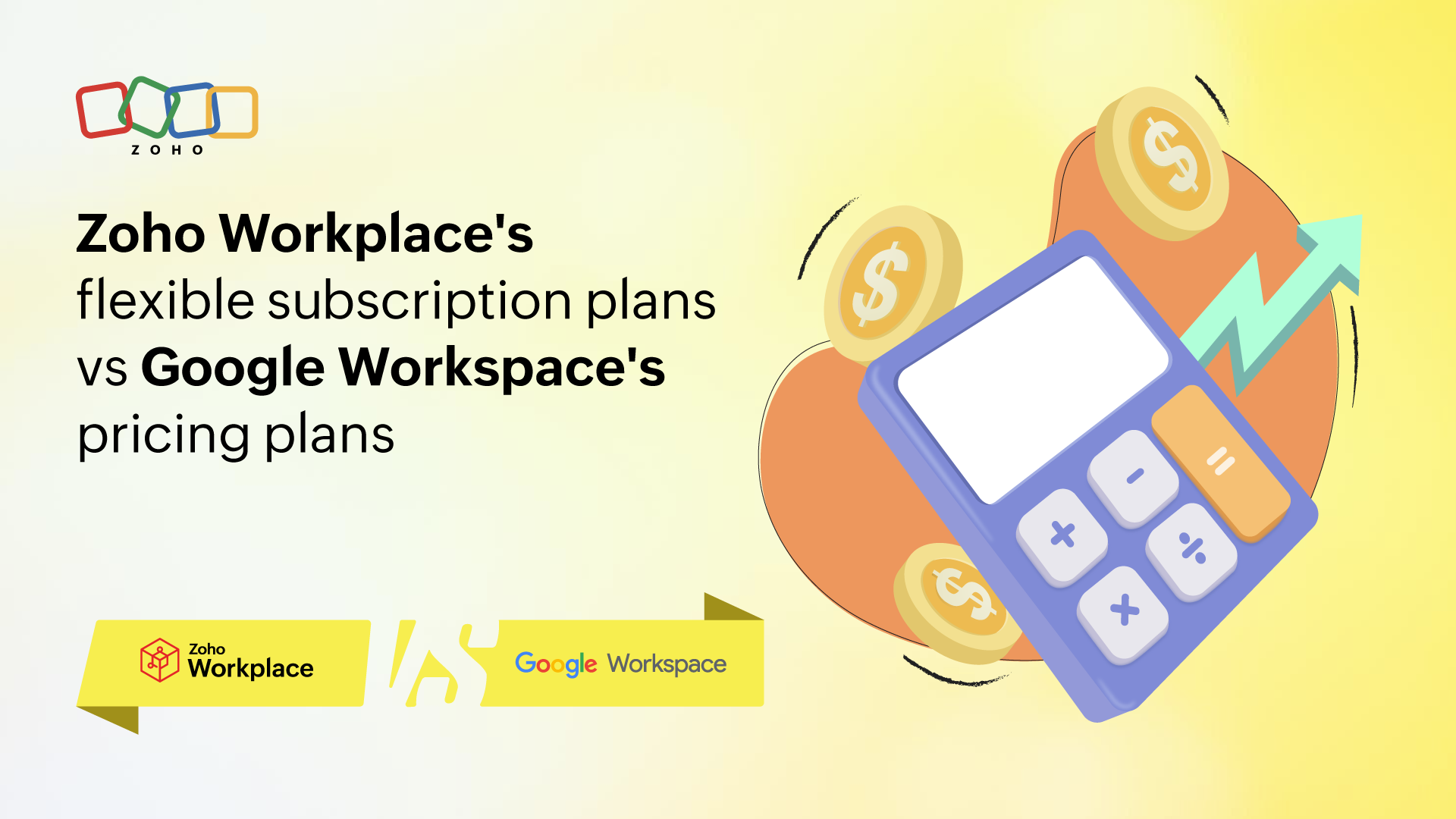- HOME
- All Products
- File Management
- What is cloud security? Benefits, best practices, and challenges
What is cloud security? Benefits, best practices, and challenges
- Published : April 30, 2025
- Last Updated : April 30, 2025
- 11 Views
- 6 Min Read
Cloud storage allows you to store files over the internet without owning physical storage devices—like servers and hard drives—themselves. These files will be stored on the partner's network of servers, such as AWS or Azure.
This minimizes the costs involved in managing expensive servers by yourself. You can also scale server storage according to your business needs.
What is cloud security?
Cloud security is the act of protecting the data you've stored in the cloud from lurking threats such as data breaches, malware attacks, DDoS attacks, and more. This is crucial for keeping your cloud data secure.
The benefits of cloud security
Maintaining a strong cloud security posture may seem like an added cost to your business expenses, but the benefits are priceless.
Data privacy
Strong cloud security enhances data privacy. This is paramount if your business handles sensitive customer data and relies on servers to store it. Any breach here will result in an expensive lawsuit and a loss of customer trust in your business.
DDoS prevention
Distributed Denial of Service (DDoS) attacks are most common on cloud infrastructures. This overloads the cloud server with traffic, making it unavailable for legitimate users. With strong cloud security measures, you mitigate DDoS attacks entirely and keep your cloud storage online and available to your users.
Compliance-ready
If you have customers from regions like the UK, you'll be subject to stringent compliance laws. Having an effective cloud security posture can make you compliance-ready. This reduces the chance of any legal consequences or incurring hefty fines.
Disaster recovery
Usually, there's significant downtime for any business during a disaster—both natural and manmade. But you can minimize the downtime with effective cloud security practices. Because it's always available, you get rapid application and data restoration, getting your business operations up and running quickly.
Cloud security threats and challenges
With the wide adoption of cloud services, they've become the subject of various threats and attacks. This can impact a business significantly, impairing its ability to continue operations due to financial or reputational loss.
Data breaches
A data breach is the most common threat for cloud services because this is the end goal for the majority of cyber attackers. A data breach can cost your business its reputation and customer trust. Depending on the scale of a data breach, this can leave the impacted customers open for identity theft and other ramifications.
Real-life incident: In 2017, Equifax, a credit monitoring company, was subject to one of the largest data breaches in history. Hackers were able to procure personally identifiable information (PII) impacting 140 million Americans. The breach left Equifax with a tarnished reputation, loss of customer trust, and a $575 million fine.
Human error
To err is human, but this can be catastrophic in the context of failing to maintain robust cloud security. Despite the advances in security technology such as MFA, integrated security platforms, and others, human error is still the leading cause of cloud security breaches. This can be a result of poor employee training or a lapse in judgment.
Real-life incident: Toyota Motor Corporation, a Japanese automotive manufacturer, suffered a breach due to a misconfigured cloud environment. This exposed the data of more than 260,000 customers over an eight-year period. The compromised data consisted of vehicle device ID, map data updates, and other map information.
Inefficient identity assessment management policies
Identity assessment management (IAM) policies are a set of policies set forth by an organization to ensure that only essential people have access to crucial data. Overlooking these policies can lead to cloud security compromises. The root cause for this is a lack of understanding of the IAM principles, using outdated tools, and neglecting the principle of least privilege.
Real-life incident: In 2013, Target Corporation, a major American retailer, was the subject of a cyberattack. The hackers were able to compromise Target's point of sale (POS) devices through a third-party HVAC vendor who had unnecessary access and credentials to Target's payment systems. They stole the credit and debit card information of 40 million users, landing Target in legal trouble and a tainted reputation.
Insider threats
Threats to cloud security don't always come from outside. People inside the organization with access to cloud data can compromise cloud security. Insider threats cause harm to cloud security by stealing data, installing malware, or providing other malicious third parties with unauthorized access. Insider threats are more damaging due to the insider's expertise and familiarity with the cloud infrastructure.
Real-life incident: Capital One, one of the biggest banking companies in America, faced the wrath of an insider attack in 2019, costing them $270 million in fines and ruined reputation. Capital One hosted their cloud data in AWS, and a hacker who previously worked in AWS was able to use their expertise to compromise the data of over 100 million people.
Shadow IT
Shadow IT is the use of unapproved and unauthorized devices to access company information. Because cloud data can be accessed from anywhere, employees can use their personal devices to log in and perform work tasks. This poses a significant risk to cloud security because these unauthorized devices fall outside the scope and control of a secure organization's environment. This makes it harder for IT admins to secure them.
Real-life incident: Shadow IT can inflict harm even on the most secure company. Okta, a leading identity and access management company, was the victim of a cloud security compromise in 2023. An employee logged in to their personal Google account on the company device. This allowed hackers to compromise his Google account and extract customer credentials that the employee stored in their Chrome browser. With these credentials, the hackers were able to access and download customer information.
Best cloud security practices
Benjamin Franklin said that “An ounce of prevention is worth a pound of cure.” This goes to show the importance of having robust security practices to prevent breaches. Repair after a breach is costly and, at times, unrecoverable due to reputational damage.
Secure your cloud environment
The best remedy is never to allow malicious entries inside your cloud environment. Build strong firewalls to act as barriers and filter requests as they come. These firewalls stop suspicious activities even before they reach your cloud systems, curbing cyberattacks.
Regular assessment to prevent threats
Cloud security is not a sprint; it's a marathon. That's why regular audits of your cloud environment are vital in securing your cloud. This lets you catch any vulnerabilities, review people with cloud data access, and update your defenses periodically to stay ahead of ever-evolving cyber threats.
Use AI to augment security checks
AI-powered cyberattacks are becoming more sophisticated as this technology grows in scope. The smart way to counter this is by employing AI to enhance your cloud security. It can analyze suspicious patterns, run penetration tests, gather smart data, and promptly alert you in case of any anomalies. This greatly strengthens your cloud security posture.
Have a bulletproof incident response plan
Prevention is the best medicine, but still, disaster can strike and compromise your cloud security. You should have a solid incident response plan to navigate this tricky situation. A response plan lets you recover lost data, resume operations, and minimize any potential damage. This is crucial to avoid lasting damage to your business.
Implement identity assessment management (IAM) policies
Having a unique identity for each user and verifying how and when they access data can protect cloud data. With IAM policies, you can determine the level of access a person gets depending on their role. By limiting free access to sensitive data and auditing user access activities, you can also generate reports that will help with compliance and audits.
Conclusion
Cloud storage is your digital castle in the sky. It holds valuable data about your company, and you must defend it against the ever-growing threats. Following the best practices can help you deter cyberattacks and help maintain a secure cloud environment.
 Rohan
RohanRohan Samuel is a product marketer for Zoho Workplace who talks about workplace security, productivity, and collaboration. He is a highly enthusiastic writer who delights in evoking visual imagination with words. He also enjoys playing football with his buddies and traveling to new places.

